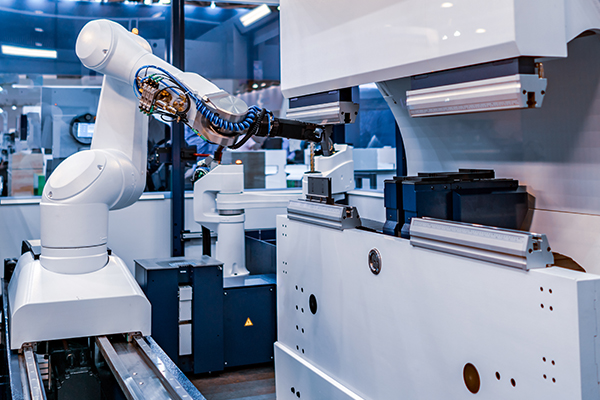A multi-stage vacuum generator is a fluid power device that uses compressed gas energy to generate a vacuum environment. Its core design is to integrate multiple single-stage vacuum generating units in a specific series manner. The structure of each unit is intended to guide the high-pressure driven airflow to produce high-speed flow, thereby inducing a low-pressure effect in a specific area. This multi-stage series structural design allows the initial low-pressure effect generated by the upstream unit to become the basic working condition for the downstream unit. The airflow energy is continuously and step by step utilized and converted in the multi-stage structure, and each stage is committed to further improving the vacuum capacity of the system or optimizing energy utilization efficiency. Through this cascade method, compared with the single-stage structure, the multi-stage vacuum generator can effectively cope with higher vacuum requirements or larger effective air extraction volume under the premise of relatively reduced energy loss. The synergy between the units at each level realizes the multi-level and high-efficiency conversion of pressure energy to vacuum energy to meet more demanding industrial vacuum needs.


